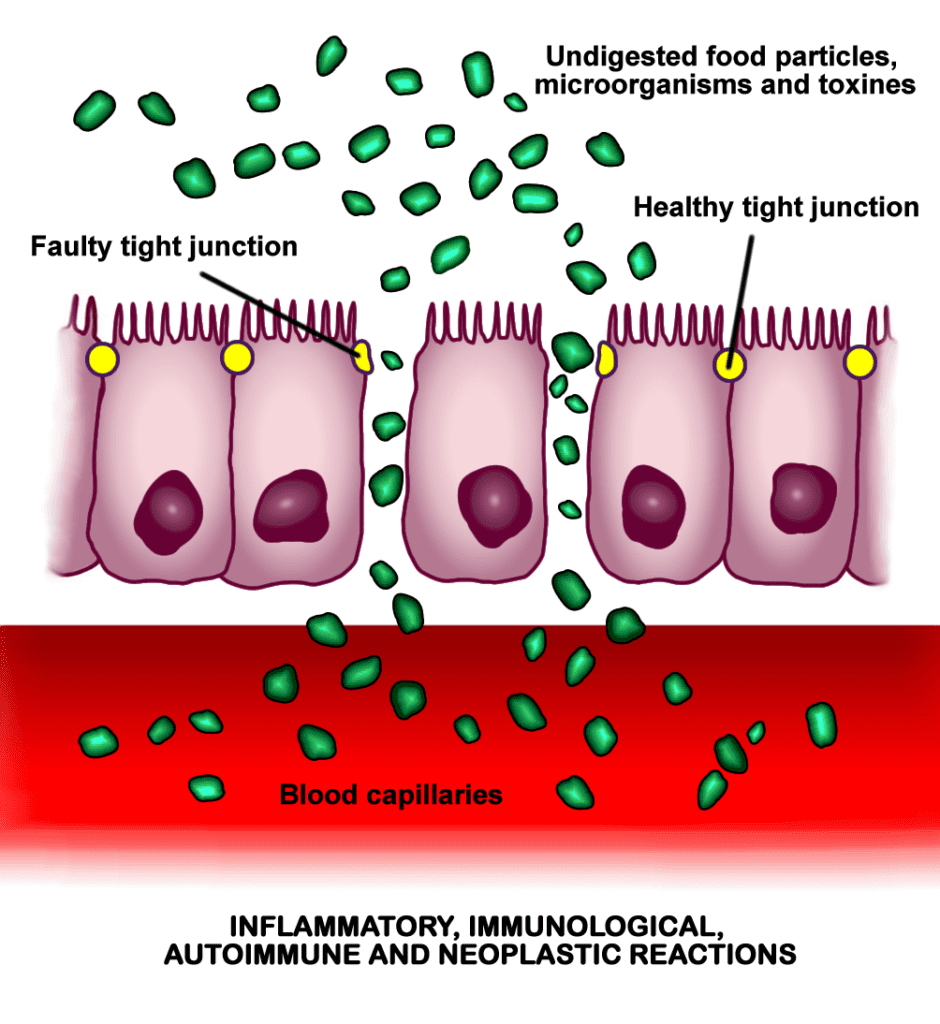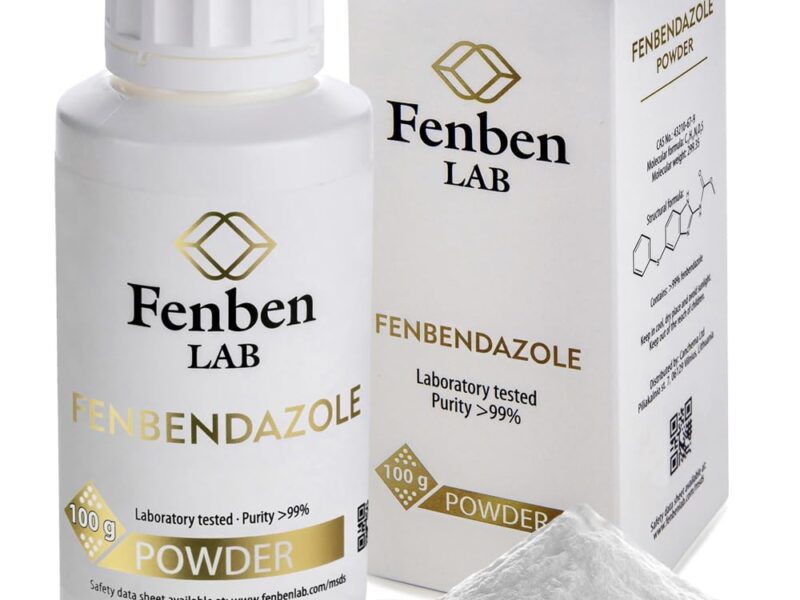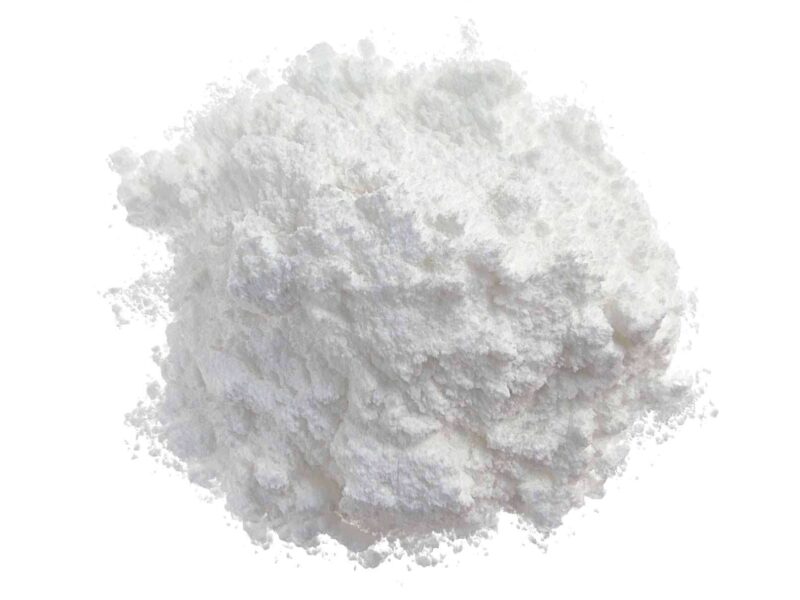
The journey to understanding and managing leaky gut syndrome began with a series of seemingly unrelated symptoms. It started with digestive discomfort—bloating, gas, and irregular bowel movements. Then came the fatigue, brain fog, and a slew of food sensitivities. It felt like my body was rebelling against me, and I was desperate for answers.
The Initial Symptoms
My first encounter with the symptoms of leaky gut syndrome was perplexing. One morning, after a seemingly harmless breakfast of toast and eggs, I was hit with an intense wave of bloating and abdominal pain. This was the beginning of a series of digestive issues that left me feeling uncomfortable and frustrated.
Over time, the symptoms became more varied. I noticed that after certain meals, I would experience not only digestive discomfort but also fatigue and brain fog. It was as if my body was reacting to food in a way it never had before. I began to develop sensitivities to foods I had always enjoyed—dairy, gluten, and even some vegetables. The more I paid attention, the more I realized that something was seriously wrong.
Seeking Answers
Desperate for relief, I embarked on a quest for answers. My first stop was my primary care physician, who ran a series of standard tests. The results came back normal, leaving both of us puzzled. Next, I visited a gastroenterologist, who conducted more specialized tests. Again, everything appeared normal. Frustration set in as I felt no closer to understanding what was happening to my body.
It wasn’t until I started researching my symptoms online that I stumbled upon the term “leaky gut syndrome.” The more I read, the more it resonated with my experiences. Leaky gut syndrome, also known as increased intestinal permeability, occurs when the lining of the small intestine becomes damaged, allowing undigested food particles, toxins, and bacteria to leak into the bloodstream. This can trigger a range of symptoms, including digestive issues, fatigue, brain fog, and food sensitivities.
Understanding Leaky Gut Syndrome

The Science Behind It
Leaky gut syndrome occurs when the tight junctions in the gut lining, which control what passes through the lining of the small intestine, become loose. This can lead to substances that should remain in the gut—like partially digested food particles, toxins, and microbes—leaking into the bloodstream.
When these foreign substances enter the bloodstream, they can trigger an immune response. This can manifest in various ways, including inflammation, allergic reactions, and the development of autoimmune conditions. The concept of leaky gut is still controversial in the medical community, but a growing body of research supports its role in various health issues.
My Lightbulb Moment
Understanding the concept of leaky gut was a revelation. It explained why I was experiencing such a wide range of symptoms. The connection between gut health and overall health became clear. I realized that my digestive issues were not isolated but rather a sign of a broader systemic problem. This newfound understanding gave me hope and a sense of direction.
The Road to Diagnosis
Getting a formal diagnosis of leaky gut syndrome proved to be challenging. Traditional medical tests often don’t detect the condition, so I turned to alternative and functional medicine practitioners for help. I found a naturopathic doctor who was familiar with leaky gut and willing to explore it further.
The doctor conducted several tests, including a comprehensive stool analysis and a blood test for food sensitivities. The results showed imbalances in my gut microbiome and multiple food sensitivities. These findings supported the hypothesis of leaky gut syndrome and gave us a starting point for treatment.
Implementing Dietary Changes
The first step in healing my gut was making significant dietary changes. My naturopathic doctor recommended an elimination diet to identify and remove foods that were triggering my symptoms. I started by eliminating common culprits like gluten, dairy, soy, and refined sugars.
The Elimination Diet
The elimination diet was challenging but eye-opening. Initially, I felt deprived and overwhelmed by the restrictions. However, after a few weeks, I began to notice a difference. The bloating and abdominal pain subsided, my energy levels improved, and the brain fog lifted. It became clear that certain foods were contributing to my symptoms.
Reintroduction Phase
After several weeks on the elimination diet, I began reintroducing foods one at a time, monitoring my body’s reaction to each. This process helped identify specific food sensitivities. For example, I discovered that gluten and dairy were major triggers for my symptoms. Armed with this knowledge, I was able to make informed choices about my diet moving forward.
Supporting Gut Health
Healing leaky gut syndrome requires more than just avoiding trigger foods. It’s essential to support the gut lining and restore balance to the gut microbiome. My treatment plan included several key components:
Probiotics and Prebiotics
Probiotics are beneficial bacteria that help maintain a healthy gut microbiome. I started taking a high-quality probiotic supplement daily. Additionally, I incorporated prebiotic-rich foods, such as onions, garlic, and asparagus, into my diet to nourish the good bacteria.
Bone Broth and Collagen
Bone broth became a staple in my diet due to its high collagen content, which helps repair the gut lining. Drinking a cup of homemade bone broth each day provided essential nutrients that supported gut healing.
Supplements
My naturopathic doctor recommended several supplements to support gut health and reduce inflammation. These included:
- L-glutamine: An amino acid that helps repair the gut lining.
- Zinc carnosine: Known for its gut-healing properties.
- Digestive enzymes: To aid in the digestion and absorption of nutrients.
- Omega-3 fatty acids: To reduce inflammation.
Taking these supplements consistently made a noticeable difference in my symptoms and overall well-being.
Lifestyle Changes
Dietary changes and supplements were crucial, but addressing lifestyle factors was equally important. Stress management, sleep, and physical activity all play a role in gut health.
Stress Management
Chronic stress can exacerbate leaky gut syndrome. I incorporated stress-reducing practices into my daily routine, such as mindfulness meditation, deep breathing exercises, and yoga. These practices helped me stay calm and centered, reducing the negative impact of stress on my gut.
Sleep
Quality sleep is essential for overall health, including gut health. I established a regular sleep routine, aiming for 7-9 hours of sleep each night. Creating a calming bedtime routine, limiting screen time before bed, and ensuring a comfortable sleep environment improved my sleep quality.
Physical Activity
Regular physical activity supports digestion and overall health. I made it a priority to stay active, whether through walking, yoga, or more intense workouts. Finding activities that I enjoyed helped me stay consistent and made exercise a positive part of my routine.
Monitoring Progress
Healing leaky gut syndrome is a gradual process, and it’s important to monitor progress along the way. I kept a detailed journal, tracking my symptoms, diet, supplements, and lifestyle changes. This helped identify patterns and make necessary adjustments.
Regular Check-Ins
Regular check-ins with my naturopathic doctor were crucial for evaluating progress and making any necessary changes to my treatment plan. These appointments provided guidance and reassurance that I was on the right track.
Listening to My Body
One of the most important lessons I learned was to listen to my body. If a certain food or practice didn’t feel right, I adjusted accordingly. Healing is a personal journey, and what works for one person may not work for another. Being attuned to my body’s signals helped me navigate the process more effectively.
Combining Methods for Maximum Effect
Through my journey, I discovered that a combination of methods provided the best results. Here are some key takeaways for those struggling with leaky gut syndrome:
- Personalize Your Diet: Everyone’s body is different. Identify your specific food sensitivities and create a diet that works for you.
- Support Your Gut: Incorporate probiotics, prebiotics, and gut-healing foods like bone broth and collagen.
- Manage Stress: Practice stress-reducing activities regularly to support overall health.
- Monitor Progress: Keep track of your symptoms, diet, and lifestyle changes to identify patterns and make necessary adjustments.
- Seek Support: Working with a knowledgeable healthcare provider can provide guidance and support throughout your journey.
A New Lease on Life
My battle with leaky gut syndrome was challenging, but it taught me the importance of holistic health. By addressing diet, lifestyle, and gut health, I was able to regain control of my life. I no longer feel like a prisoner to my symptoms, and my overall health has improved dramatically.
This journey taught me to listen to my body and prioritize my well-being. While leaky gut syndrome can be difficult to manage, it is possible to find relief and improve your quality of life with the right approach. If you’re struggling with leaky gut syndrome, I encourage you to explore these natural methods and find what works best for you. Remember, healing is a journey, and with patience and persistence, you can achieve better health and well-being.


